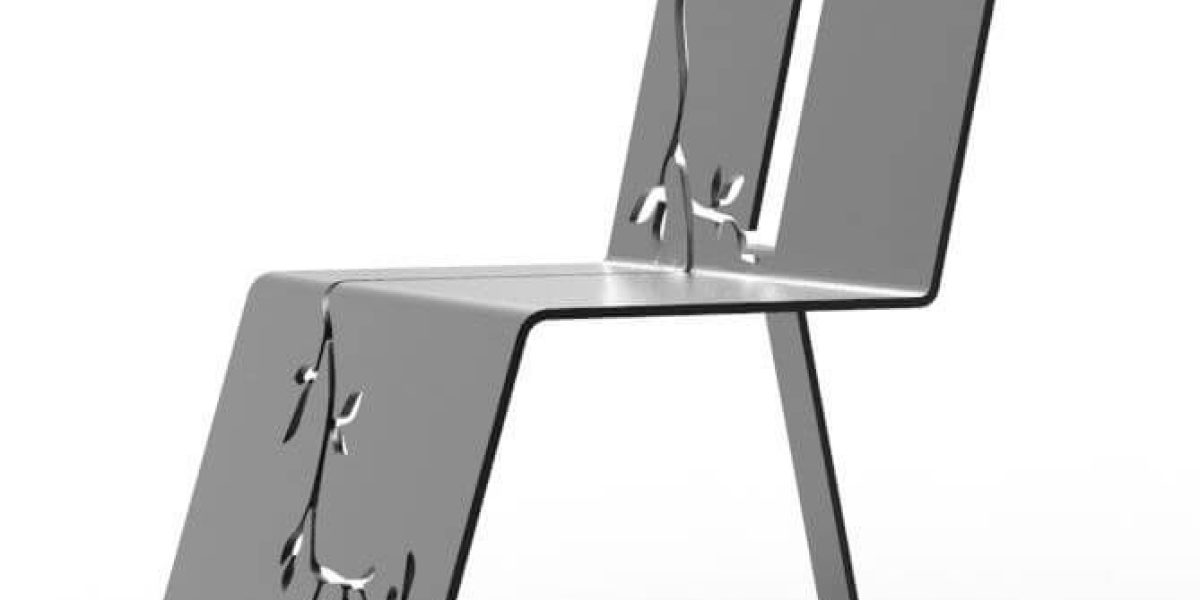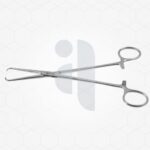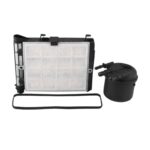In today’s competitive manufacturing landscape, companies are under increasing pressure to deliver new products quickly, efficiently, and with precision. A key part of this process is prototype sheet metal, a crucial step that transforms digital concepts into tangible, testable parts. This technique allows engineers to explore real-world functionality, refine their designs, and minimize risks—long before entering full-scale production.
Prototype sheet metal refers to the use of thin, flat pieces of metal shaped into parts or assemblies to create early-stage product models. These prototypes are built to test and validate ideas without investing in permanent tooling or large production runs.
Why Is Prototype Sheet Metal So Important?
The significance of prototype sheet metal goes beyond just having a physical model. It offers manufacturers a way to:
-
Test design integrity under real-world conditions
-
Evaluate how parts fit and interact
-
Reduce costly errors in the final production phase
-
Improve speed to market through faster iteration
-
Enhance communication across teams, clients, and stakeholders
By catching potential issues early, companies can make smarter design decisions and save time and money in the long run.
Core Benefits of Using Sheet Metal Prototypes
Here are some compelling reasons why prototype sheet metal is a smart investment in any design and development cycle:
1. Real-World Testing
Unlike digital simulations or 3D-printed plastic models, sheet metal prototypes are durable and functionally accurate. This makes them ideal for performance testing under realistic conditions, such as stress, heat, or wear.
2. Quick Iteration
Prototype sheet metal can be produced rapidly using methods like laser cutting and CNC bending, allowing teams to test multiple versions in a short time. This speed is essential for agile development environments.
3. Cost Savings
Developing tooling for mass production is expensive. Prototype sheet metal lets teams validate a design before committing to large tooling investments, significantly reducing upfront costs.
4. Better Communication
Holding a physical prototype enhances collaboration. Designers, engineers, and clients can all visualize the same part, offer feedback, and reach decisions faster.
Common Processes in Prototype Sheet Metal Fabrication
Several fabrication techniques are used to produce high-quality prototype parts from sheet metal. Each has unique advantages depending on the material, design complexity, and purpose.
Laser Cutting
One of the most precise and popular methods, laser cutting uses a focused beam to slice through metal with extreme accuracy. It’s ideal for producing intricate patterns and tight tolerances.
CNC Forming and Bending
Once cut, sheet metal is bent into shape using computer-controlled press brakes. These machines apply exact force and angles to achieve consistent bends that meet strict engineering specs.
Welding and Joining
If a prototype consists of multiple parts, processes such as TIG or MIG welding, riveting, or screwing are used to assemble them into a complete unit.
Deburring and Finishing
Post-processing steps such as deburring, polishing, powder coating, or anodizing help to improve the part’s surface, make it safer to handle, and meet aesthetic or corrosion-resistance requirements.
Materials Commonly Used in Prototype Sheet Metal
The choice of material can significantly affect the prototype’s performance, durability, and cost. The most frequently used metals include:
-
Aluminum: Lightweight, corrosion-resistant, and easy to form—widely used in aerospace and electronics.
-
Stainless Steel: Strong, long-lasting, and ideal for high-stress or corrosive environments.
-
Cold Rolled Steel: Affordable and versatile, good for general-purpose industrial applications.
-
Copper and Brass: Excellent for applications needing high thermal or electrical conductivity.
Each material has its own pros and cons, and the choice often depends on the prototype’s function and operating environment.
Applications Across Industries
Prototype sheet metal is a cross-industry solution. It’s commonly used in:
-
Automotive: Testing brackets, mounts, panels, and chassis components
-
Aerospace: Prototyping structural supports and enclosures
-
Consumer Electronics: Creating cases, internal frames, and mounting parts
-
Medical Equipment: Developing surgical tools, diagnostic devices, and enclosures
-
Industrial Machinery: Testing housings, guards, and mechanical components
Regardless of the sector, prototyping with sheet metal ensures that every part is optimized for performance and manufacturability before scaling up production.
Prototype Sheet Metal vs. 3D Printing: Which is Better?
While both prototype sheet metal and 3D printing have their place in modern prototyping, they serve different needs.
| Aspect | Prototype Sheet Metal | 3D Printing |
|---|---|---|
| Material Strength | High (metallic parts) | Medium (depends on material) |
| Functional Testing | Excellent | Limited for metal-strength tests |
| Production Readiness | Very close to final part | Often used for form only |
| Cost for Low Volume | Higher than 3D printing | Lower for basic geometries |
| Customization | Moderate | High |
In summary, if your prototype must mimic the final metal part’s strength and durability, prototype sheet metal is the better choice.
Challenges in Sheet Metal Prototyping
Despite its advantages, sheet metal prototyping also presents some challenges:
-
Initial setup and programming can be time-consuming for complex designs.
-
Tight tolerances require high-precision machinery and skilled operators.
-
Design limitations: Not every shape or geometry is feasible with flat metal sheets.
-
Material costs: Depending on the metal used, the price can be higher than alternative materials.
Still, these challenges are typically outweighed by the value sheet metal prototypes bring in terms of accuracy and real-world validation.
The Future of Prototype Sheet Metal
As manufacturing technology continues to evolve, so does the future of sheet metal prototyping. Emerging trends include:
-
AI-assisted CAD software that helps optimize part designs automatically
-
Robotic automation in fabrication for faster and more consistent output
-
Hybrid manufacturing that combines sheet metal with additive methods for new possibilities
-
On-demand prototyping services, where digital files can be uploaded and parts delivered within days
These advancements are making it easier and more cost-effective than ever to produce high-quality metal prototypes at speed.
Final Thoughts
In a world where innovation moves quickly, prototype sheet metal is a vital tool for reducing development risks and increasing product success. By enabling real-world testing, faster iterations, and better decision-making, sheet metal prototypes help companies turn ideas into successful products—faster, smarter, and with greater confidence.
Whether you’re designing a car part, an aerospace bracket, or an electronic enclosure, investing in prototype sheet metal is a smart step that pays off throughout the entire product lifecycle.












